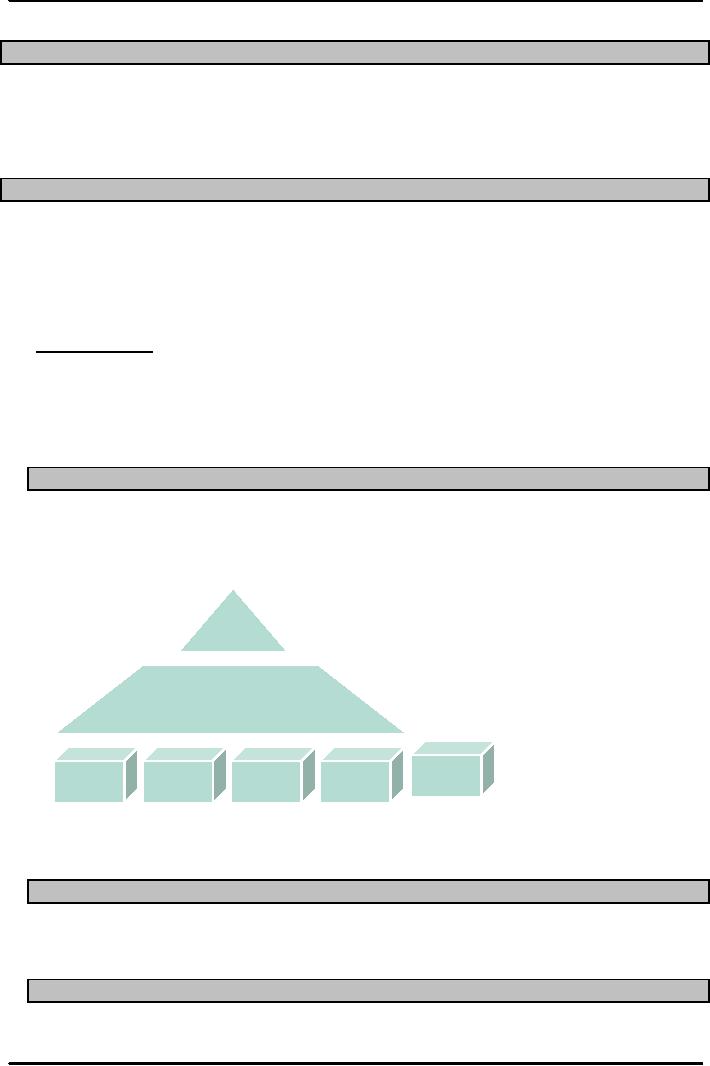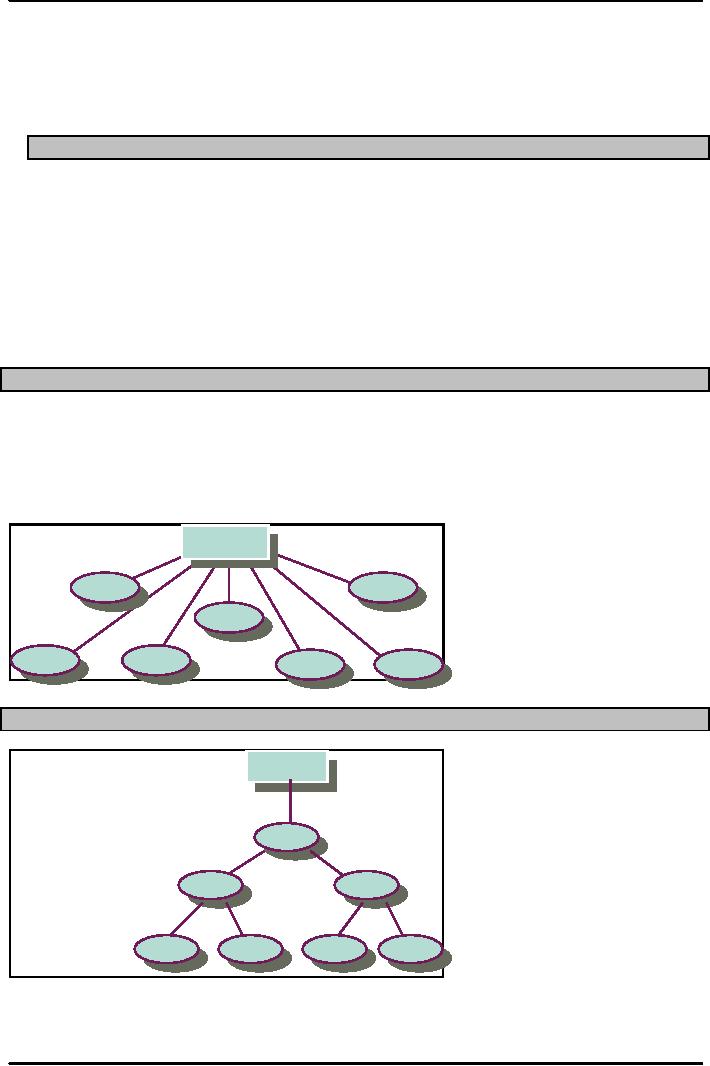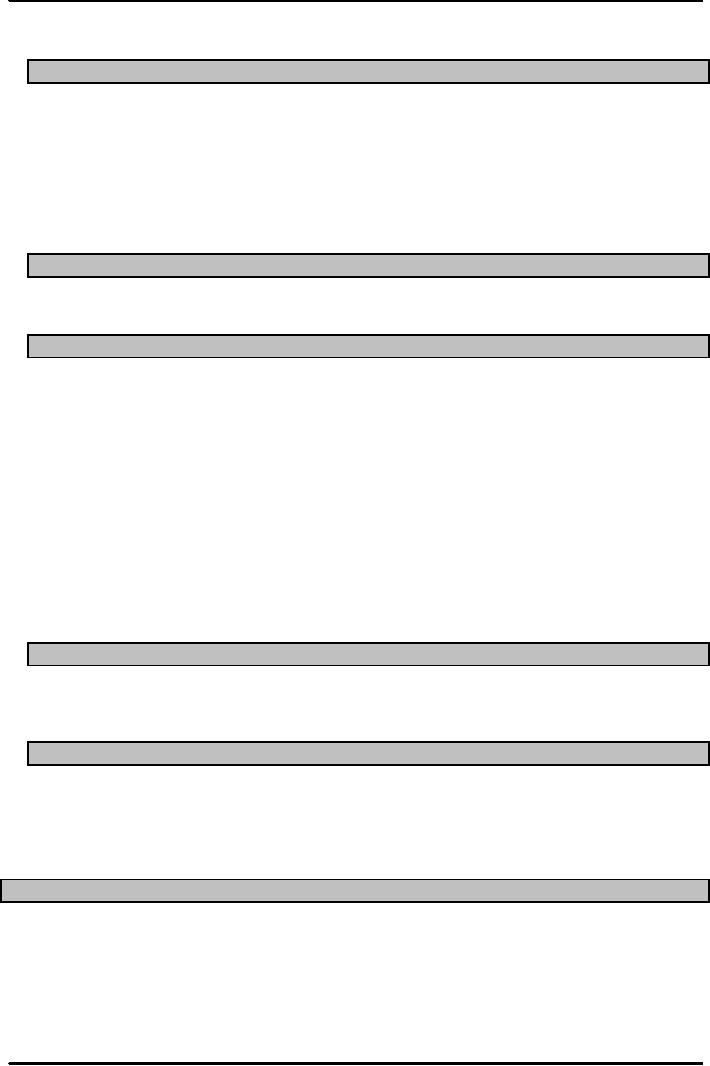 |

Production
and Operations Management
MGT613
VU
Lesson
38
JUST
IN TIME PRODUCTION SYSTEMS
Just
In Time system provides an
organization a robust structure by improving the
relationship between
the
organization and the supplier by
constituting a strategic alliance network
between the organization
and
the suppliers. At the intra organization
level, JIT forms a healthy
alliance between the management
and
the workforce, all this
contributes in elimination of
waste.
JUST
IN TIME
Just-In-Time
(JIT): JIT can be defined as
an integrated set of activities designed
to achieve
high-volume
production using minimal
inventories (raw materials, work in
process, and
finished
goods).
JIT
also involves the elimination of
waste in production
effort.
JIT
also involves the timing of
production resources (i.e.,
parts arrive at the
next
workstation
"just in time").
Just-in-time
(JIT): A
highly coordinated processing
system in which goods move
through the
system,
and services are performed,
just as they are needed. As
operations managers we should
remember
this point onwards
that
1.
JIT is also known as lean
production
2.
JIT is the true pull (demand)
system
3.
JIT operates with very
little "fat"
.
Summary
JIT Goals and Building
Blocks
Goal
of JIT: The ultimate goal of
JIT is a balanced system. JIT
achieves a smooth, rapid flow
of
materials
through the system. The
ultimate as well as supporting goals
are represented below in
the
form
of a pyramid.
Ultimate
A
Goal
balanced
rapid
flow
Supporting
Goals
Eliminate
disruptions
Eliminate
waste
Make
the system flexible
Building
Product
Process
Personnel
Manufactur-
Blocks
Design
Design
Elements
ing
Planning
We
need to pay special attention on
building blocks along with
secondary blocks as absence of
one
or
more objectives can seriously harm the
JIT production structure for
any manufacturing or service
based
organization.
Secondary
Goals
1.
Eliminate disruptions
2.
Make system flexible
3.
Eliminate waste, especially
excess inventory
Big
vs. Little JIT
1.
Big JIT broad focus (
Includes Internal as well as
External)
a.
Vendor relations
174

Production
and Operations Management
MGT613
VU
b.
Human relations
c.
Technology management
d.
Materials and inventory
management
2.
Little JIT narrow focus
Internal to organization
a.
Scheduling materials
b.
Scheduling services of
production
JIT
Building Blocks
1.
Product design
2.
Process design
3.
Personnel/organizational elements
4.
Manufacturing planning and
control
The
Lean Production
System
Based
on two philosophies:
1.
Elimination of waste
2.
Respect for people
Traditional
Supplier Network
1.
The organizations make its
suppliers compete against each
other.
2.
Also the suppliers can supply the
same component or raw material to the
organizations
competitors
thus harming the organizations
business.
3.
Organizations tend to waste
resources and a lot of time
looses its suppliers to the
competitors.
4.
Suppliers too end up absorbing
poor order placement from the
organizations.
5.
The whole network faces
sluggishness or inertia.
Buyer
Supplier
Supplier
Supplier
Supplier
Supplier
Supplier
Supplier
Tiered
Supplier Network
Buyer
First
Tier Supplier
Supplier
Second
Tier Supplier
Supplier
Supplier
Third
Tier Supplier
Supplier
Supplier
Supplier
Supplier
1.
The suppliers work as a strategic
alliance to provide components to the
organization.
2.
Inventory costs as well as the
overall time involved are
reduced.
175

Production
and Operations Management
MGT613
VU
3.
Order execution is improved and
organizations do not face the
challenge of loosing its
suppliers
to
the competitors.
4.
There is little or no rivalry between the
suppliers
Transitioning
to a JIT System
1.
Get top management
commitment
2.
Decide which parts need
most effort
3.
Obtain support of workers
4.
Try to reduce scrap
material
5.
Start by trying to reduce setup
times
6.
Incorporate quality
7.
Gradually convert operations
8.
Convert suppliers to JIT
9.
Prepare for obstacles
Obstacles
to Conversion
1.
Management may not be
committed
2.
Workers/management may not be
cooperative
3.
Suppliers may resist
JIT
in Services
The
basic goal of the demand
flow technology in the service
organization is to provide
optimum
response
to the customer with the highest
quality service and lowest possible
cost.
1.
Eliminate disruptions
2.
Make system flexible
3.
Reduce setup and lead
times
4.
Eliminate waste
5.
Simplify the process
JIT
in Services (Examples)
1.
Upgrade Quality
2.
Clarify Process Flows
3.
Develop Supplier
Networks
4.
Introduce Demand-Pull
Scheduling
5.
Reorganize Physical Configuration
6.
Eliminate Unnecessary
Activities
7.
Level the Facility
Load
JIT
II
JIT
II: a supplier representative works right
in the company's plant,
making sure there is an
appropriate
supply on hand.
Benefits
of JIT Systems
1.
Reduced inventory
levels
2.
High quality
3.
Flexibility
4.
Reduced lead times
5.
Increased productivity
Summary
JIT
systems allow an organization to achieve
a balanced smooth flow of production,
more system
flexibility
with reduction in wastes and
lead time. Proper emphasis on the
process and product design
along
with personnel management can
provide the necessary control and
reward of achievement of JIT
or
Lean Production
systems.
176
Table of Contents:
- INTRODUCTION TO PRODUCTION AND OPERATIONS MANAGEMENT
- INTRODUCTION TO PRODUCTION AND OPERATIONS MANAGEMENT:Decision Making
- INTRODUCTION TO PRODUCTION AND OPERATIONS MANAGEMENT:Strategy
- INTRODUCTION TO PRODUCTION AND OPERATIONS MANAGEMENT:Service Delivery System
- INTRODUCTION TO PRODUCTION AND OPERATIONS MANAGEMENT:Productivity
- INTRODUCTION TO PRODUCTION AND OPERATIONS MANAGEMENT:The Decision Process
- INTRODUCTION TO PRODUCTION AND OPERATIONS MANAGEMENT:Demand Management
- Roadmap to the Lecture:Fundamental Types of Forecasts, Finer Classification of Forecasts
- Time Series Forecasts:Techniques for Averaging, Simple Moving Average Solution
- The formula for the moving average is:Exponential Smoothing Model, Common Nonlinear Trends
- The formula for the moving average is:Major factors in design strategy
- The formula for the moving average is:Standardization, Mass Customization
- The formula for the moving average is:DESIGN STRATEGIES
- The formula for the moving average is:Measuring Reliability, AVAILABILITY
- The formula for the moving average is:Learning Objectives, Capacity Planning
- The formula for the moving average is:Efficiency and Utilization, Evaluating Alternatives
- The formula for the moving average is:Evaluating Alternatives, Financial Analysis
- PROCESS SELECTION:Types of Operation, Intermittent Processing
- PROCESS SELECTION:Basic Layout Types, Advantages of Product Layout
- PROCESS SELECTION:Cellular Layouts, Facilities Layouts, Importance of Layout Decisions
- DESIGN OF WORK SYSTEMS:Job Design, Specialization, Methods Analysis
- LOCATION PLANNING AND ANALYSIS:MANAGING GLOBAL OPERATIONS, Regional Factors
- MANAGEMENT OF QUALITY:Dimensions of Quality, Examples of Service Quality
- SERVICE QUALITY:Moments of Truth, Perceived Service Quality, Service Gap Analysis
- TOTAL QUALITY MANAGEMENT:Determinants of Quality, Responsibility for Quality
- TQM QUALITY:Six Sigma Team, PROCESS IMPROVEMENT
- QUALITY CONTROL & QUALITY ASSURANCE:INSPECTION, Control Chart
- ACCEPTANCE SAMPLING:CHOOSING A PLAN, CONSUMER’S AND PRODUCER’S RISK
- AGGREGATE PLANNING:Demand and Capacity Options
- AGGREGATE PLANNING:Aggregate Planning Relationships, Master Scheduling
- INVENTORY MANAGEMENT:Objective of Inventory Control, Inventory Counting Systems
- INVENTORY MANAGEMENT:ABC Classification System, Cycle Counting
- INVENTORY MANAGEMENT:Economic Production Quantity Assumptions
- INVENTORY MANAGEMENT:Independent and Dependent Demand
- INVENTORY MANAGEMENT:Capacity Planning, Manufacturing Resource Planning
- JUST IN TIME PRODUCTION SYSTEMS:Organizational and Operational Strategies
- JUST IN TIME PRODUCTION SYSTEMS:Operational Benefits, Kanban Formula
- JUST IN TIME PRODUCTION SYSTEMS:Secondary Goals, Tiered Supplier Network
- SUPPLY CHAIN MANAGEMENT:Logistics, Distribution Requirements Planning
- SUPPLY CHAIN MANAGEMENT:Supply Chain Benefits and Drawbacks
- SCHEDULING:High-Volume Systems, Load Chart, Hungarian Method
- SEQUENCING:Assumptions to Priority Rules, Scheduling Service Operations
- PROJECT MANAGEMENT:Project Life Cycle, Work Breakdown Structure
- PROJECT MANAGEMENT:Computing Algorithm, Project Crashing, Risk Management
- Waiting Lines:Queuing Analysis, System Characteristics, Priority Model